Get Colourful At Home
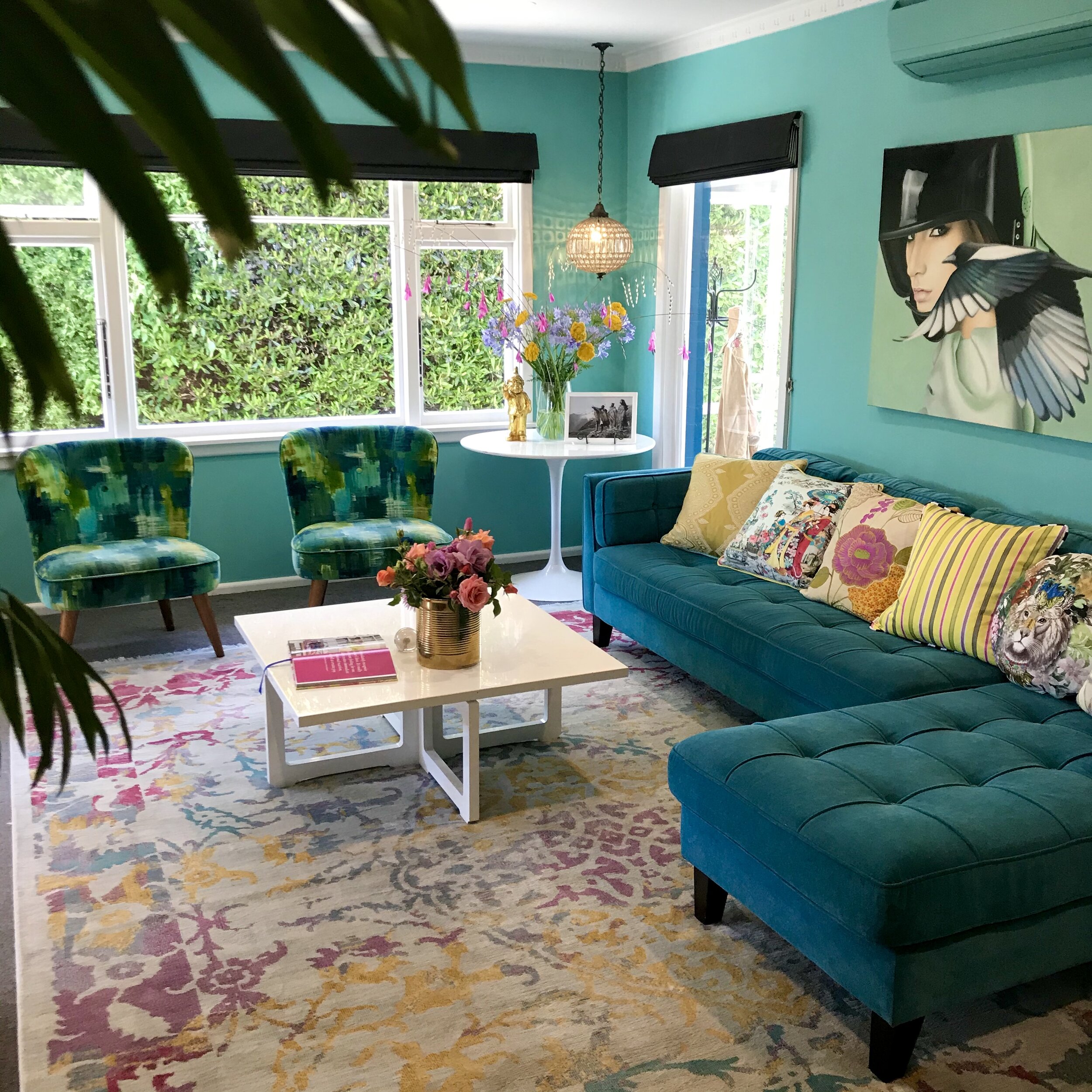
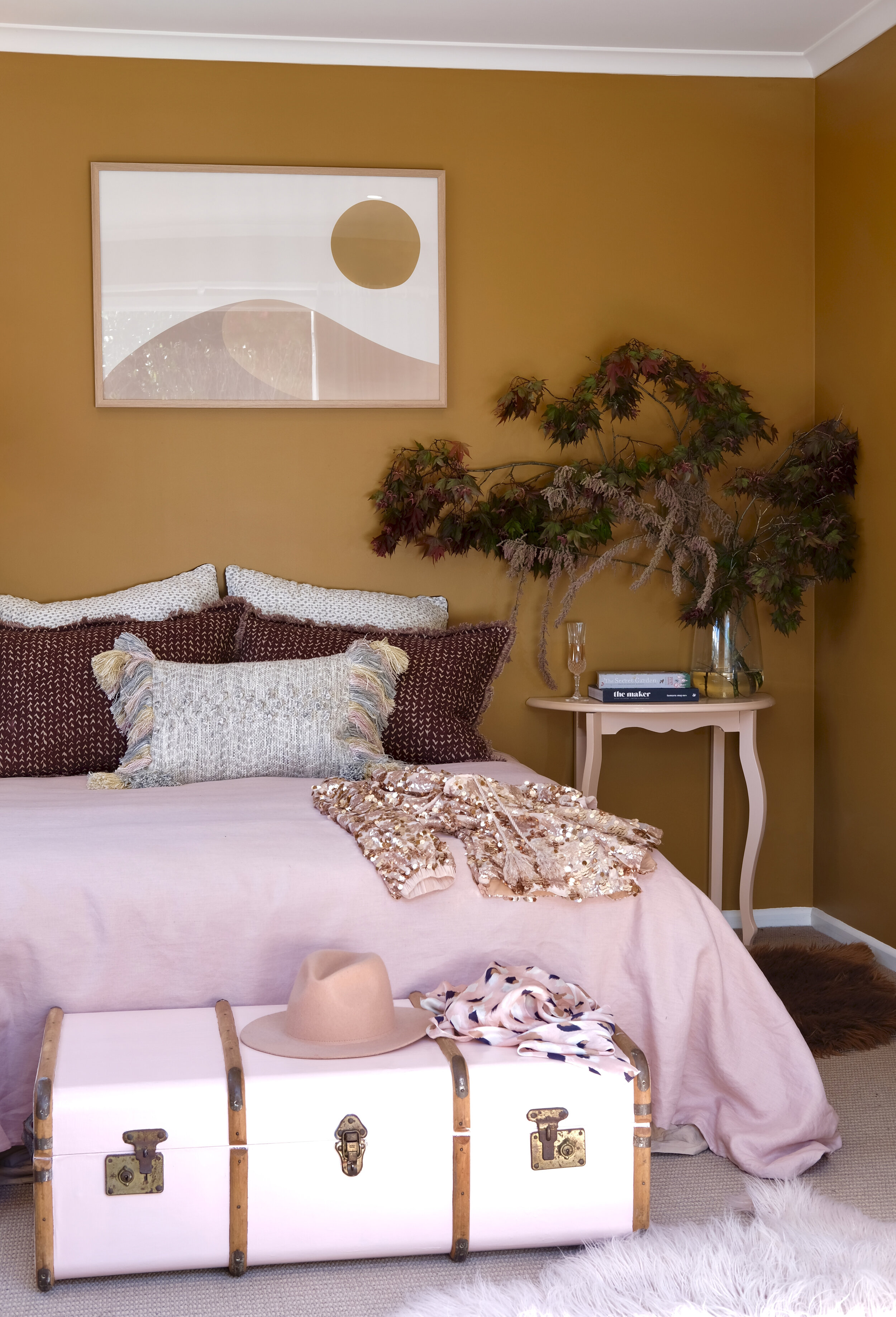
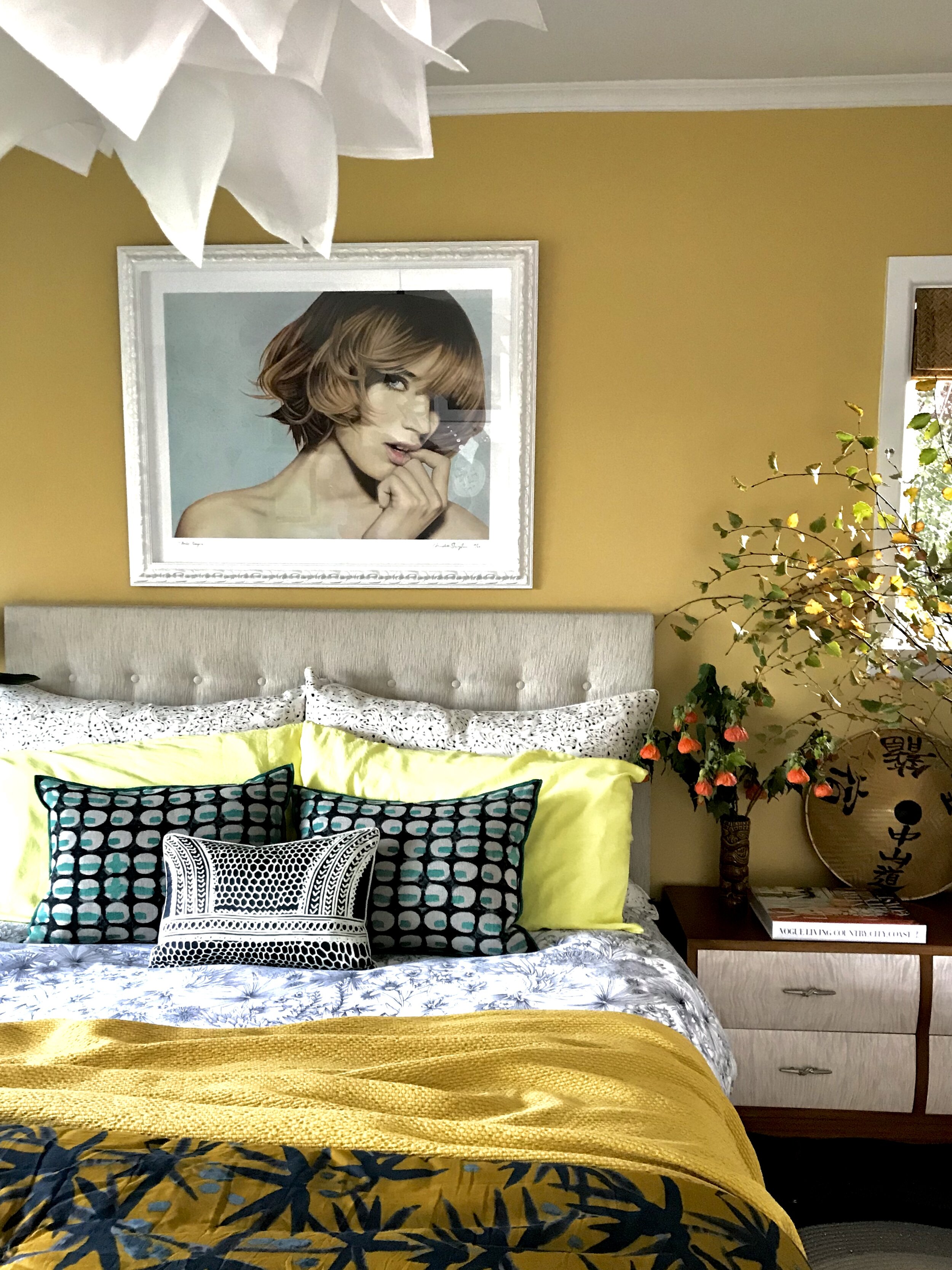
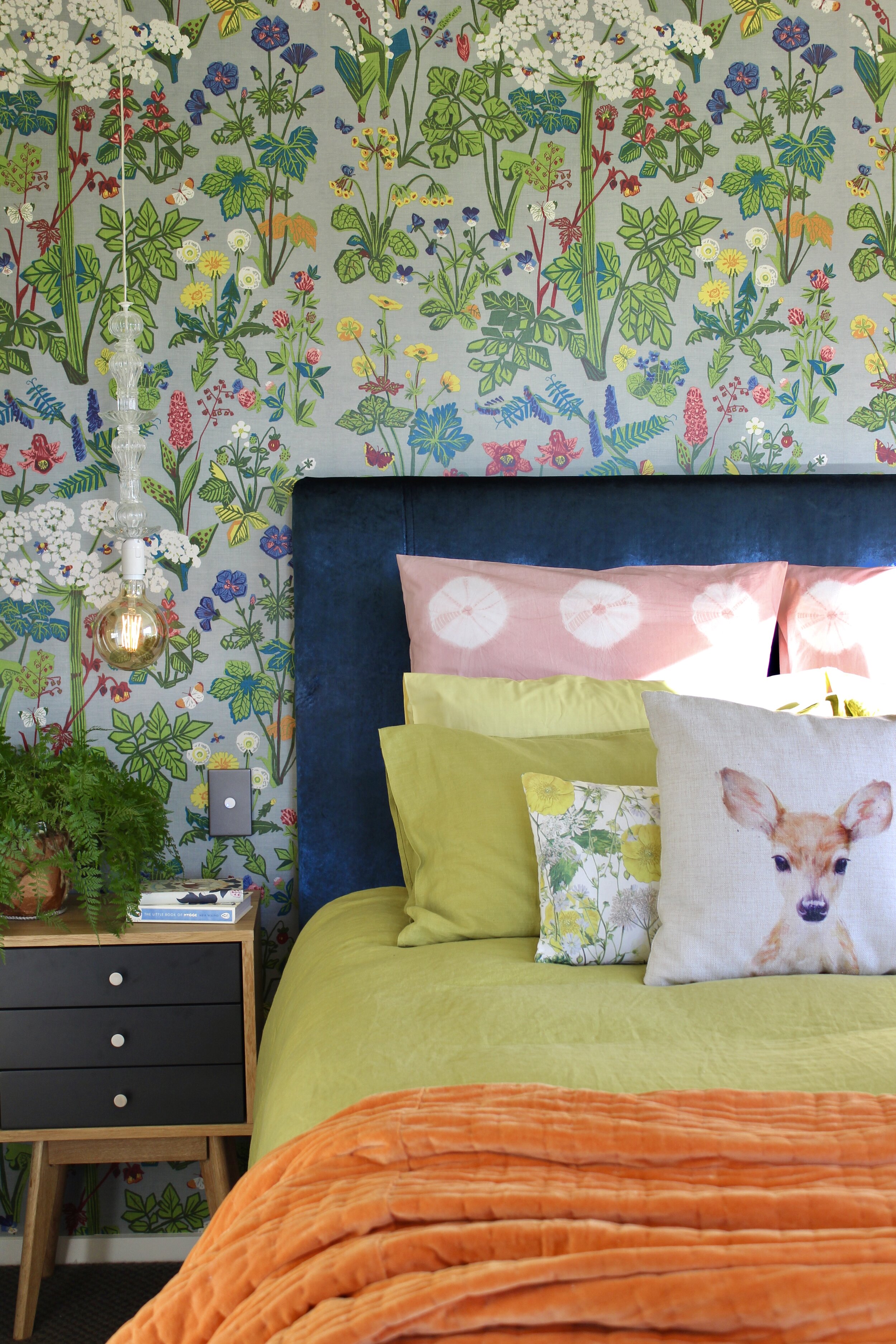

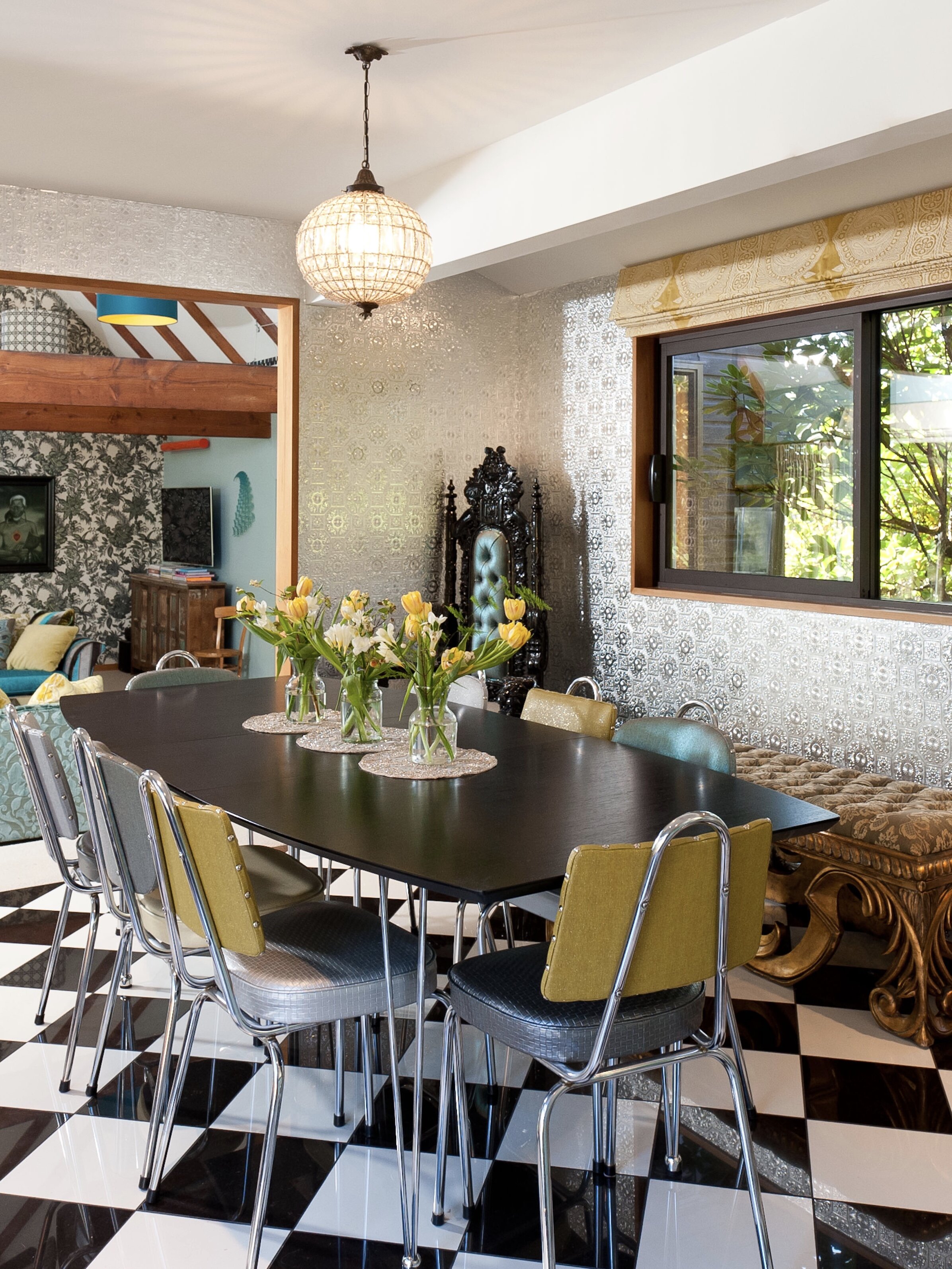
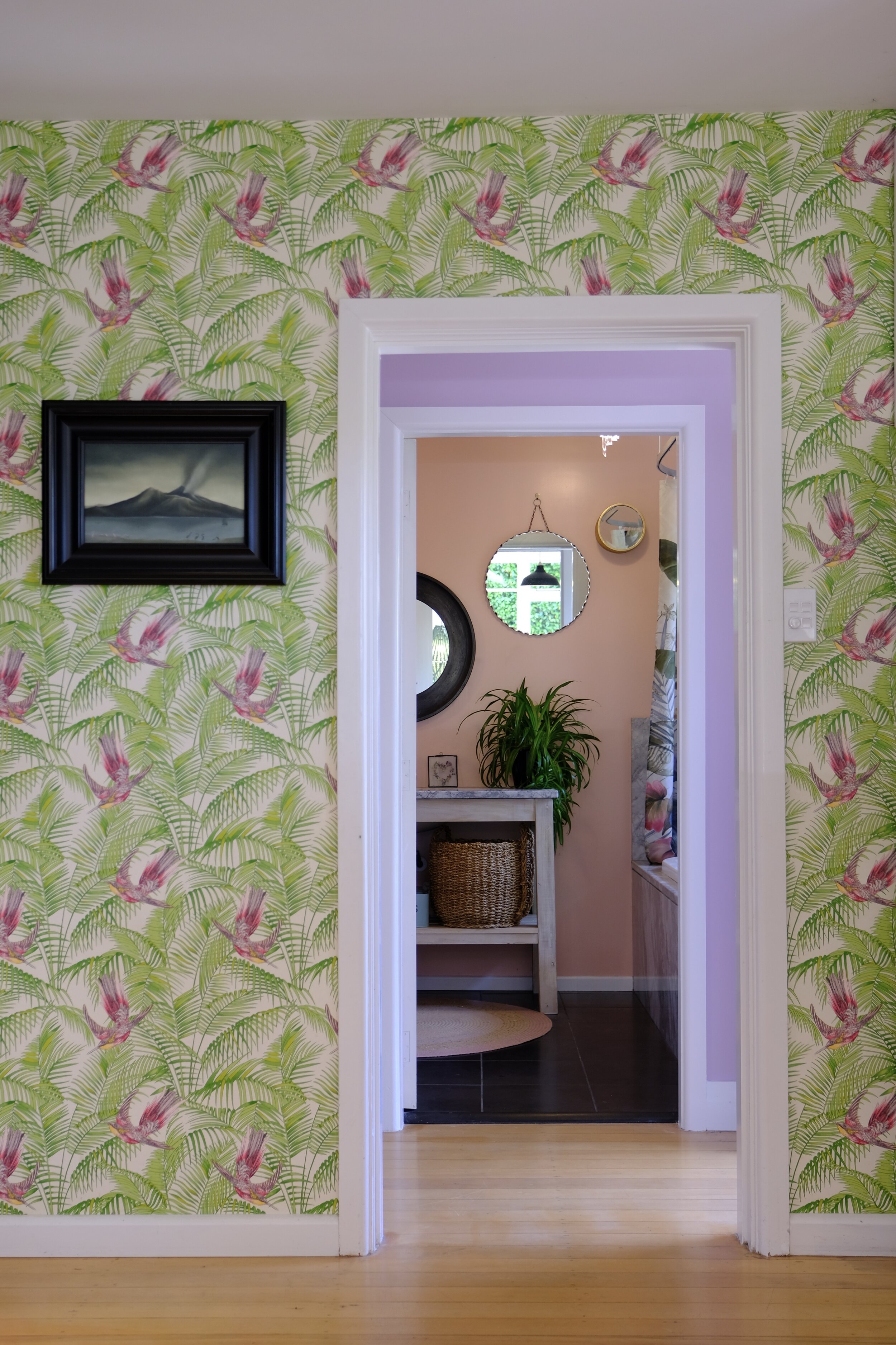
When it comes to adding colour into our homes most of us are nervous about going further than the odd turquoise cushion. Understandably so. Opting for neutral off-whites feels easy and safe and we’re so used to it.
Words: Pattie Pegler Images: Supplied by Becky Lee
“We’ve been so indoctrinated about moving up the property ladder and resale value that we think more about that than living in a house that really reflects our personal style,” says Christchurch-based interior designer Becky Lee.
Becky’s home, a 1950s bungalow, was firmly in the neutrally coloured camp when she bought it several years ago. She set about addressing that and the house is now a vibrant kaleidoscope of textures, patterns and colours. A recent Instagram video sees Becky transform her living room walls from vivid pink to turquoise. And it looks great – bold and fun. It also looks super easy.
Honestly, it makes me want to head straight to Resene and get some paint. But as with most things in life, it turns out that colour works better with a little bit of planning.
Get A Plan
“My house has a lot of colour but there is a consistent colour palette – the colours all twine together,” says Becky. “With the change to turquoise in the living room I had dropdowns [A4 printed colour samples] on the wall for about two months before we did any work on it.” This means you can look at your proposed colours at different times of day, see how the light works on them and how they work with other things like your curtains, carpet and artworks she advises.
It can be hard to envisage how something will look over an entire wall – so if you’re committed to change then crack out a test pot. The more paint you get up the easier it is to decide whether you like it.
Depth of colour is also an important factor she explains. All colours have a light reflectant value (LRV) from 0% to 100% with 0 being black that reflects nothing and 100 being white that reflects pretty much all light. A trick if looking for several colours to use across a home is to look for colours with a similar depth, or LRV. And be careful as some colours have ‘sneaky little things’ that they do says Becky – for example, a grey might have a pink hue, in certain lights.
But where to start?
“You need to have a bigger picture in mind to go confidently with colour,” says Becky. That means it’s not just a case of going wild with the pink paint in one room and splashing colourful wallpaper around in another. Try to establish a palette of colours for your home and then weave those through your rooms.
If you have an existing wallpaper you love then use it as a starting point for a more widespread colour scheme says Becky. Identify some of the colours within it and weave those through the rest of the house – whether in paint or artworks or soft furnishings.
Pinterest can also be a great source of colour palette inspiration. Scroll through the images and check the ones that jump out at you.
From there – experiment a little. Soft furnishings, cushions, throws and even rugs are an easy way to try colours, patterns and textures. If you have colours you love in your wardrobe– then try bringing out that clothing item, drape it over a couch – as if it were a throw. Get a feel for how the colours work with other things in the room advises Becky.
The Wonder Of Wallpaper
Wallpapers can be a great way to add some colour, texture and pattern to your home and there are so many beautiful examples available – from on trend botanicals to geometric patterns. They can make a great feature wall for a bedroom or even in hallways where the length of space can often be a good spot to try wall panels that make up one, large single picture.
Different rooms lend themselves to different approaches. “In small spaces, like toilets, people are in and out and you can be more adventurous – you could just paper one wall but why wouldn’t you do them all? It’s a case of go hard or go home,” says Becky.
There’s a lot to think about with colour and it can “trip you up” sometimes says Becky. So if you have the budget it’s worth getting a professional to help you out.
But ultimately – if you want to embrace colour in your home – get a plan and start experimenting.
